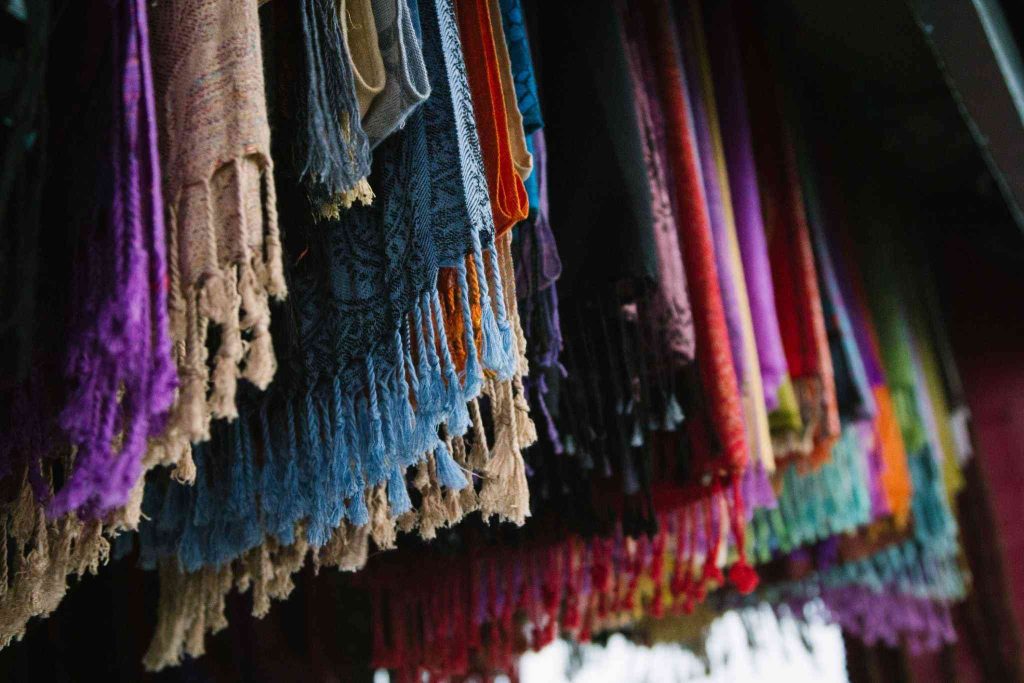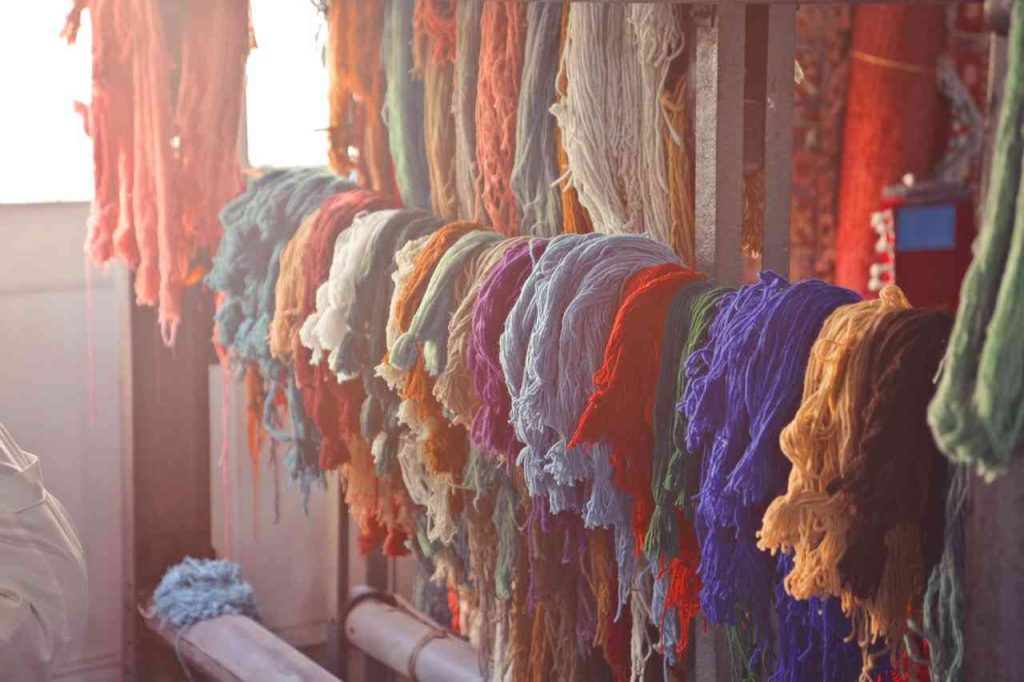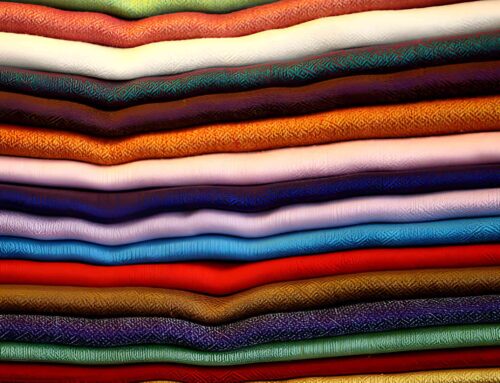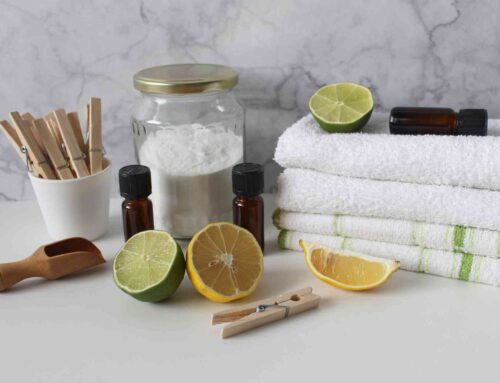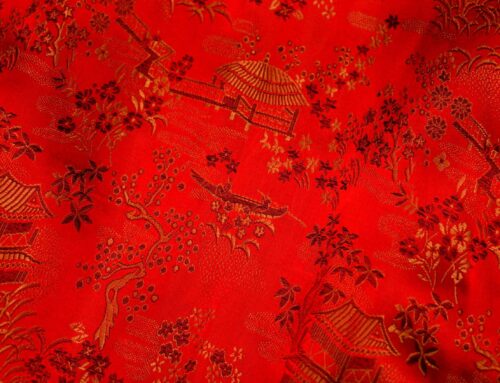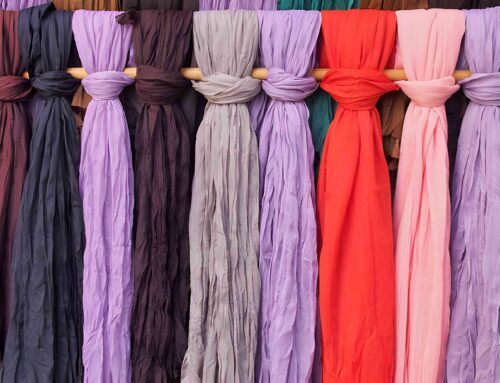From Fiber to Fashionable Scarves
Pashmina is a coveted fabric known for its softness, warmth, and timeless elegance. But have you ever wondered about the journey of Pashmina, from its humble origins to the creation of fashionable scarves? In this blog post, we will take you through the fascinating production process of Pashmina, highlighting the key steps involved in transforming raw Pashmina fiber into luxurious and fashionable scarves.
| Key Steps |
|---|
| 1. Harvesting the Precious Pashmina Fiber |
| 2. Sorting and Cleaning the Fiber |
| 3. Spinning the Pashmina Yarn |
| 4. Weaving the Pashmina Fabric |
| 5. Dyeing and Printing the Scarves |
| 6. Finishing and Quality Assurance |
Key Steps
1. Harvesting the Precious Pashmina Fiber
The journey of Pashmina begins with the delicate undercoat of the Himalayan goats, specifically the Changthangi breed, known for producing the finest fibers. As spring arrives, these goats naturally shed their soft, warm undercoat, which is carefully collected by skilled herders using traditional methods. This raw fiber is then meticulously separated by hand from the coarser outer hair, a process requiring precision and patience. Only the finest Pashmina fibers, known for their exceptional softness, are preserved, while the coarser hair is discarded. This careful selection ensures the highest quality fibers are used in creating luxurious Pashmina products.
2. Sorting and Cleaning the Fiber
Once harvested, the Pashmina fiber undergoes a meticulous sorting process that is crucial to maintaining the quality and luxurious feel of the final product. Skilled artisans, often with years of experience, carefully examine each fiber by hand, separating them based on fineness, length, and overall quality. This step is essential, as only the finest and softest fibers will meet the high standards required for premium Pashmina products.
3. Spinning the Pashmina Yarn
The cleaned Pashmina fibers are then spun by hand to create fine yarn. This traditional spinning process ensures that the delicate fibers are handled with care, preserving their exceptional softness and strength. Hand spinning allows for precise control over the thickness and consistency of the Pashmina yarn, making it ready to be transformed into exquisite scarves. To learn more about this intricate process, visit our detailed guide on the spinning process in Pashmina.
4. Weaving the Pashmina Fabric
The spun Pashmina yarn is skillfully woven into fabric. Talented artisans, often using traditional handlooms, meticulously weave the yarn to create intricate patterns and designs. The weaving process requires precision and expertise to achieve the desired texture, thickness, and drape of the Pashmina fabric, ensuring a luxurious end product.
5. Dyeing and Printing the Scarves
Once the Pashmina fabric is woven, it is time to add color and personality to the scarves. Artisans employ various dyeing techniques, both traditional and modern, to infuse the fabric with vibrant hues. Natural dyes sourced from plants and minerals are often preferred, adding an organic touch to the scarves. Additionally, printing techniques such as block printing or screen printing may be used to create intricate designs and motifs.
6. Finishing and Quality Assurance
The final step in the production process is the finishing and quality assurance of the Pashmina scarves. Skilled artisans meticulously trim and finish the edges, ensuring a neat and polished appearance. Each scarf undergoes rigorous quality checks to ensure it meets the high standards of craftsmanship and durability associated with Pashmina. Only the finest scarves make it to the market, ready to be adorned by fashion enthusiasts around the world.
Conclusion
The journey of Pashmina from fiber to fashionable scarves is a testament to the skill and artistry of Nepal’s artisans. The meticulous steps involved in harvesting, sorting, spinning, weaving, dyeing, and finishing create exquisite scarves that embody the luxurious qualities of Pashmina. By understanding the production process, you can appreciate the craftsmanship and beauty behind each Pashmina scarf, making it a cherished addition to your wardrobe.
